This last season has been fantastic for the quantity and the quality of Bunya Nuts OutbackChef now has good supplies in it’s freezers. This bushfood nut is amazing, the taste is very soft and subtle and I think does definately improve with roasting. The texture is similar to a chestnut, very floury.
Bunya Nuts are great for those on gluten-free or low gluten diets as you can substitute for flour when making pastry. Bunya’s are a great addition to any baked goods or cooking where the addition of nuts is required.
Every two or three years the Bunya Pine produces a bumper crop and for generations the Aboriginal people would use this time to gather together for ceremony. They would travel hundreds of kilometres and come, not only from southern Queensland but as far as West and South Australia.
The Bunya Pine, Araucaria bidwillii, grows and is indigenous to the Bunya Mountains & Blackall Range, Darling Downs, Queensland. For thousands of years, it played an important role in aboriginal culture.
Bunya Pines are large trees growing to about 50m high, the large bright-green prickly cones can weigh up to 10kg and can have up to 60 nuts or more. When the cones dry out they fall apart and so the nuts are easily got at, but that is just the beginning of the journey as the out sheath of the nut is really tough and I’ve heard many stories as to the best way to get them out. I usually just use a serrated knife to cut them out, but plumbers snips have also been popular, some swear by that way!
Whilst Bunya Nuts can be eaten raw they definately taste better roasted, and the nut can be milled down to a flour called nyangti.
Ludwig Leichardt observed a gathering in 1847, writing:
“The whole of these people were on their way to the Bunya Bunya country, for the purpose of obtaining that very remarkable fruit, the product of the Araucaria Bidwellii. Perhaps I shall be better understood by representing it as a species of the Norfolk Pine, Araucaria excelsa. The present species is, however, much larger than the latter kind, with large, feather-like branches; altogether, perhaps a more magnificent tree it is difficult to conceive.
The fruit is as large as a common-sized cocoanut, and, when roasted, the taste is equal, if not superior, to a mealy potato. It is only produced in large quantities every third year, when the various tribes meet for many miles round to collect and eat it…. The Bunya bunya tree is confined to a narrow belt of elevated country on the coast range, averaging from twelve and a half miles wide by twenty-five in length, and in no other part of Australia has this plant been found. [2]
The gathering provided an opportunity for many aboriginal groups to meet for trade, to exchange stories and songs, to conduct ceremonies and to observe cultural, social and kinship obligations. Once Europeans settled in the area, such a large gathering of aborigines was seen as a threat. After many years of frontier violence, laws were passed in the late 1890s removing people from their traditional lands and relocating them on reserves. This disruption meant the end of the Bunya gatherings.”
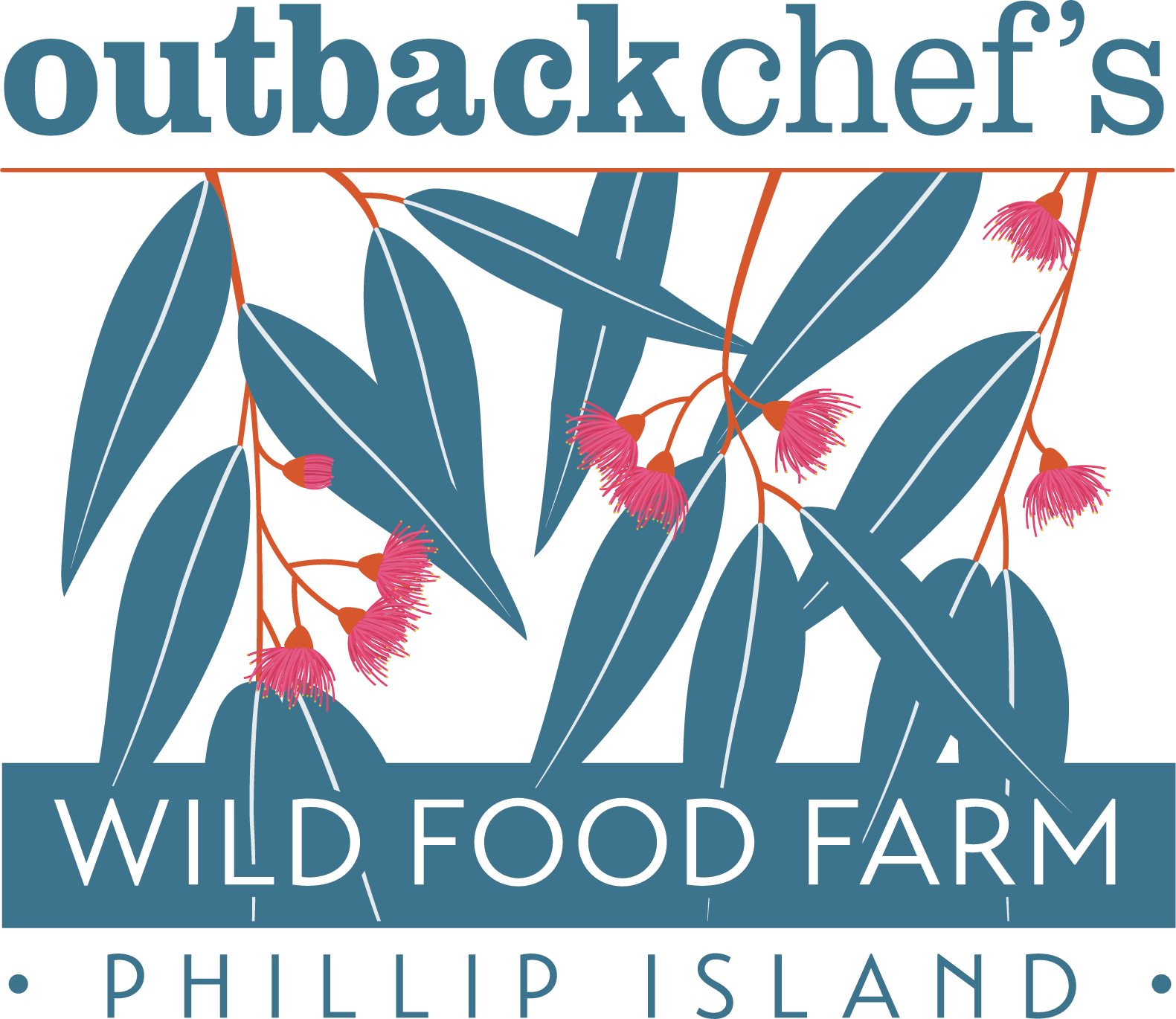
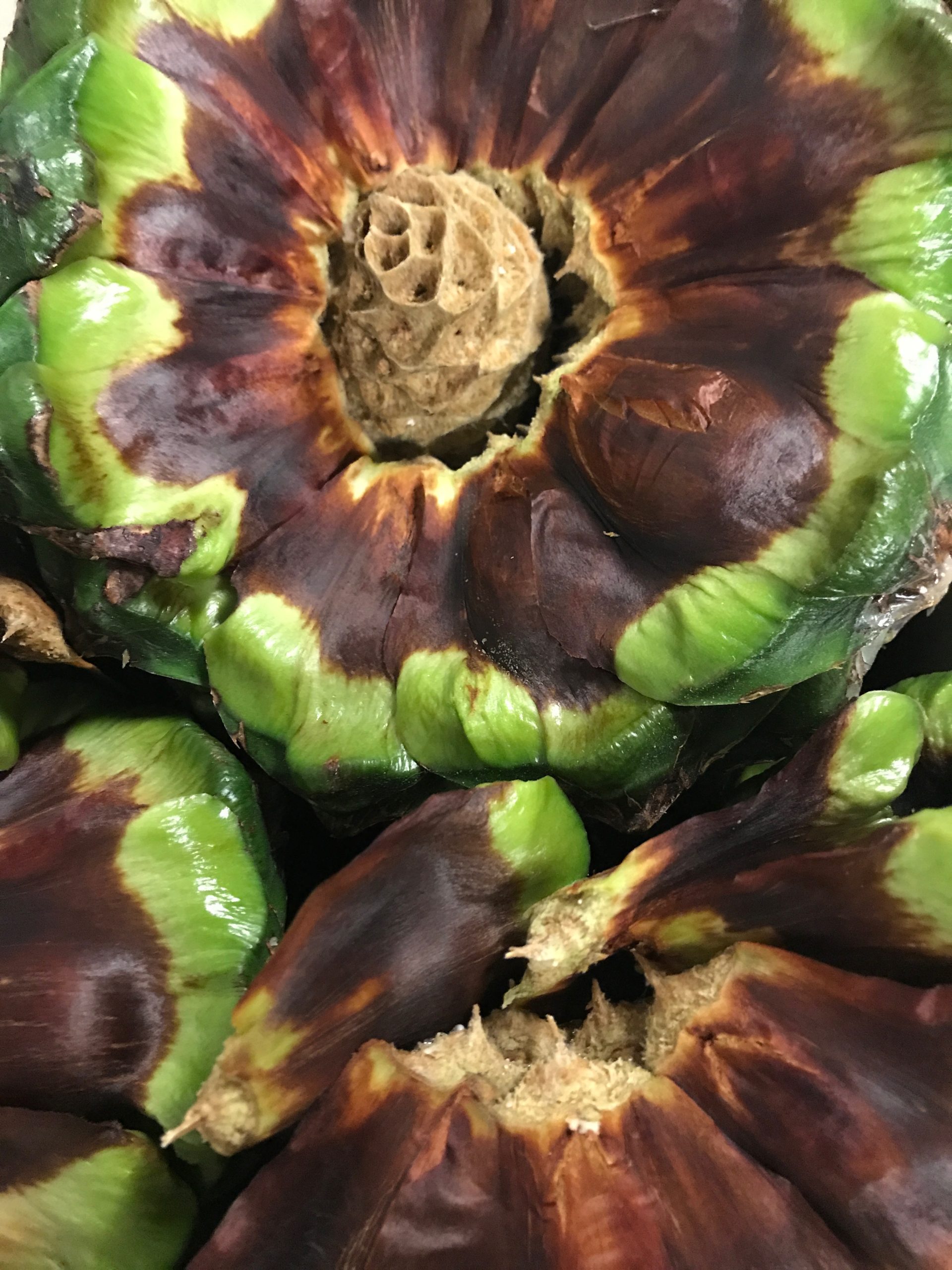
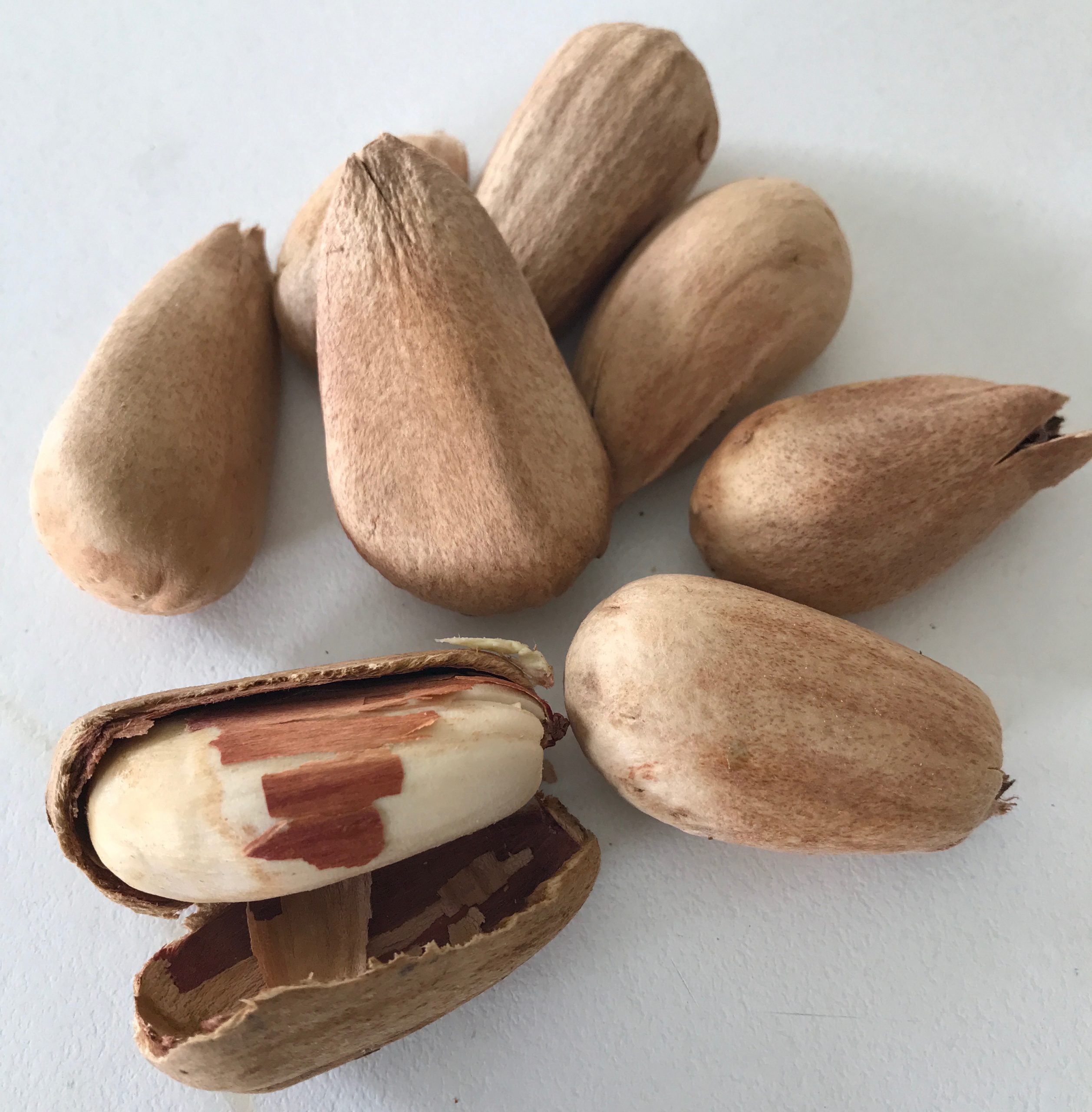
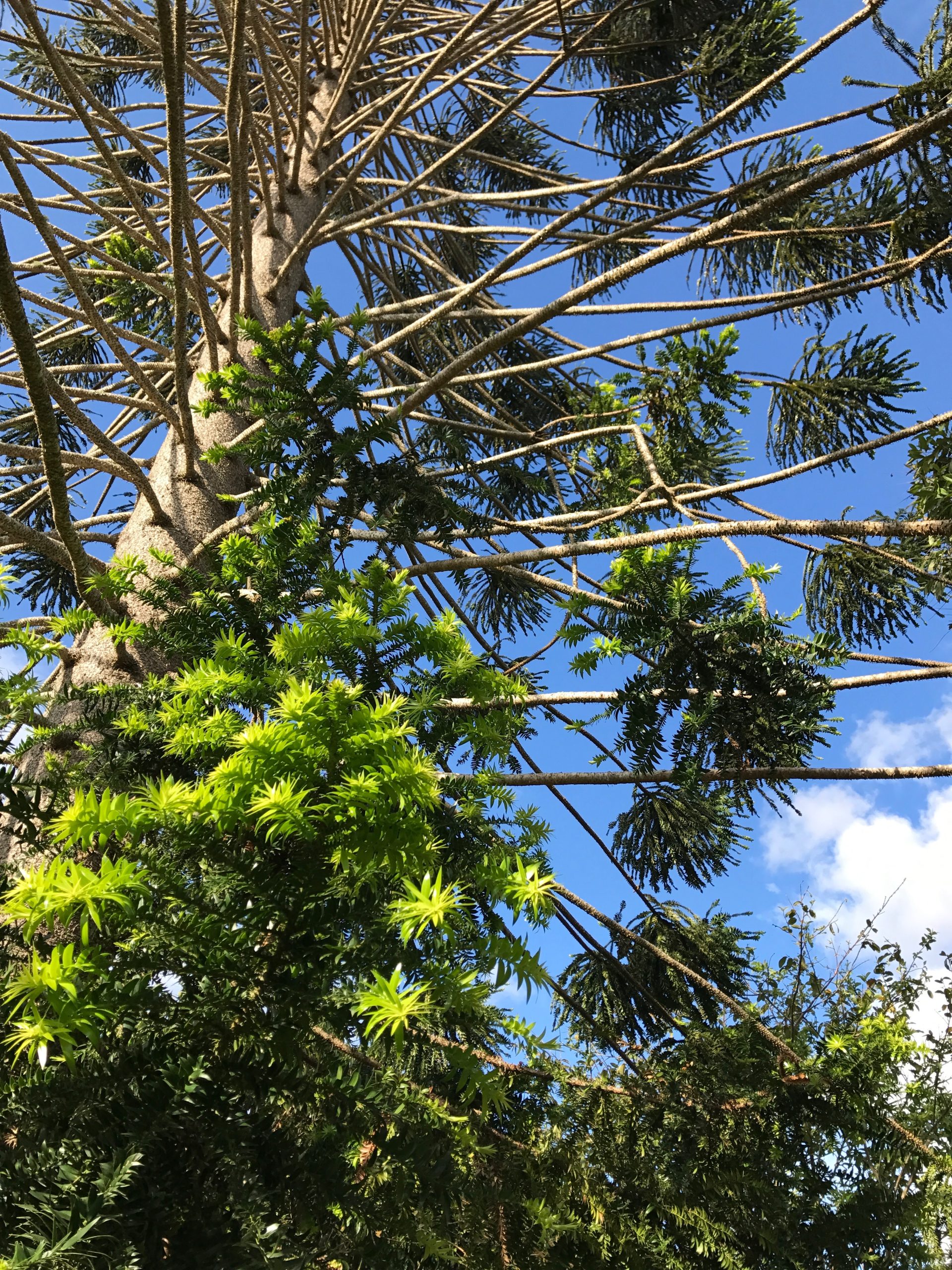

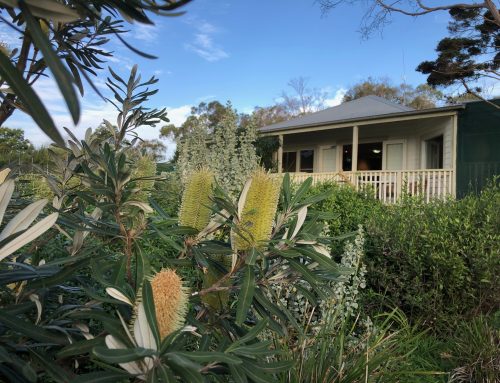
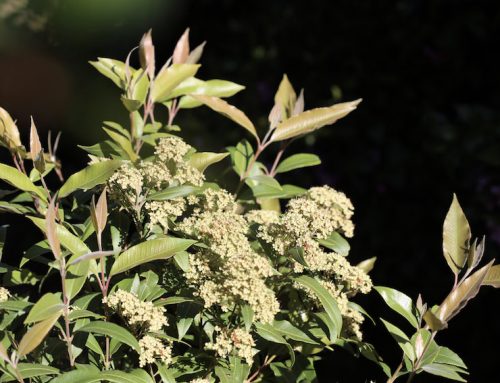
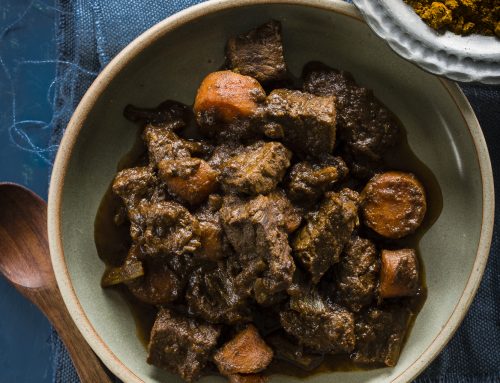
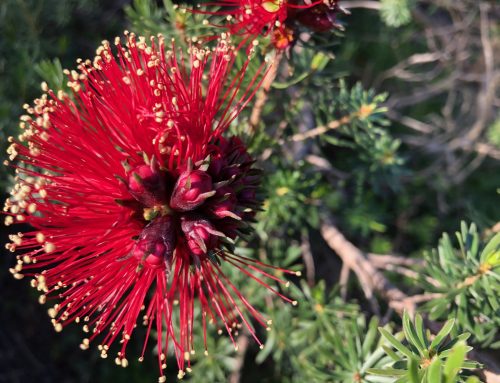
Leave A Comment
You must be logged in to post a comment.